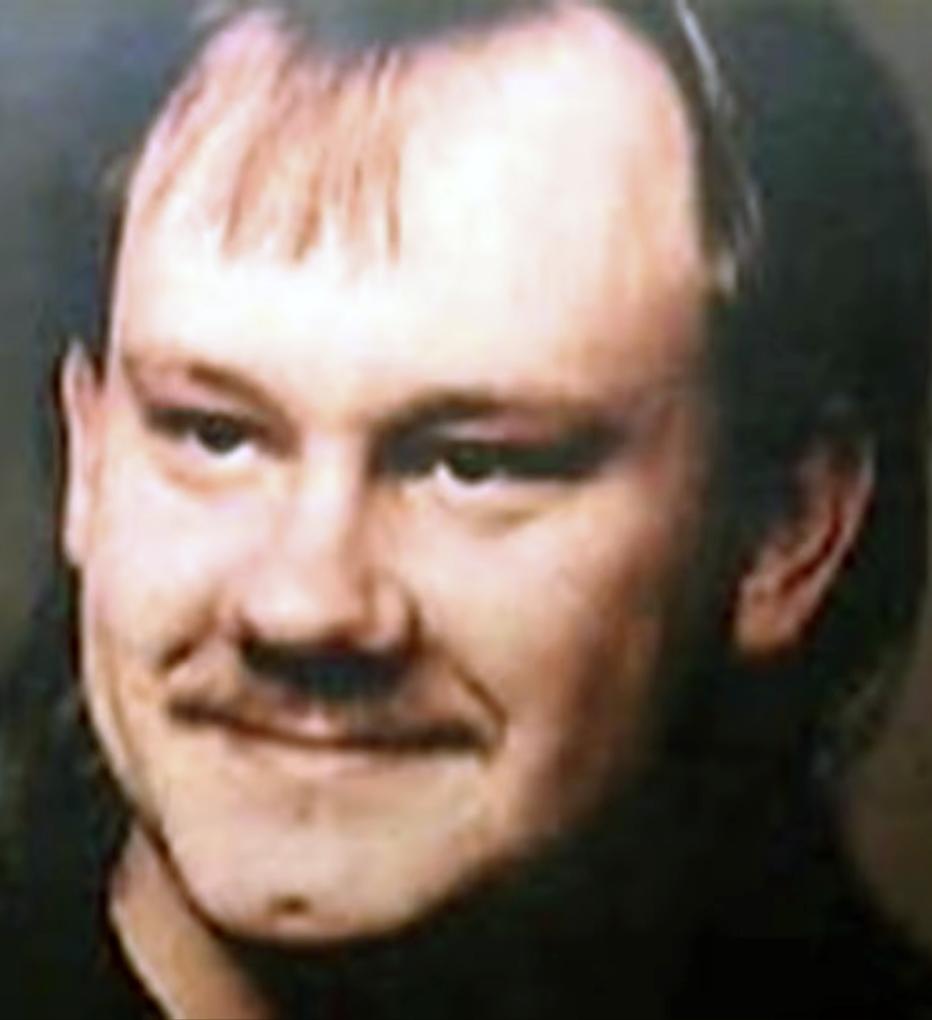Was this missing Ohio man kidnapped and killed by real-life vampires?

Editor’s Note: According to multiple reports, the release of the series “Vampires in the Gem City” has been cancelled by Netflix. It’s currently unclear if the documentary will be picked up by another streaming service.
It’s something you’ve probably never pondered: Did Ohio vampires kidnap a young Dayton man, cut his head off and sell it in a nightclub to a follower of the occult?
But it’s a legitimate question. So much so that Netflix says it plans to air a documentary series on the subject. Called Vampires in the Gem City, the program will look into the 1994 disappearance of George Phillip Gall.
Aside from the fact that few people outside of Montgomery County have ever heard Dayton referred to as “Gem City” (It has something to do with being known for its “gem” of an appearance back in 1845), it is also known for its large number of vampires … according to Netflix, anyhow. That, of course, raises the question: Exactly what is a vampire, anyway?
BROUGHT TO YOU BY
According to legend, a vampire is a person who gains superhuman strength from drinking the blood of others, thereby turning them into vampires, too. Oh, and they can’t see themselves in mirrors. To confuse matters, “vampire” can also refer to a subculture of the goth community as well.
Dayton vampires are presumed to be of the second variety. But, focusing on the disappearance of George Gall, known locally as “Phil,” the streaming service may be looking at a combination of the two. And that’s where things get downright scary.
Gall was 26 years old, a roofer with a wife, an infant daughter and, by all accounts, a normal life. He and his wife had just signed a lease on a house they were preparing to move into. At 11 o’clock on the night of October 13th, 1994, Gall left his home and took a city bus to a stop at Fourth and Main in downtown Dayton, where he was last seen walking toward a now-defunct nightclub called Asylum. Gall’s loved ones never saw him again.
A report at the time read, “He was not having any personal problems … and it is uncharacteristic of him to leave without warning.” He also left behind $1,000 in roofing tools. And there was no reason to believe Gall was associated with the local goth or vampire community, whose members were said to frequentAsylum.
Few clues to Gall’s disappearance came to light. And nine months later, assuming their loved one was dead, family and friends held a memorial service for him. One more file in a tragically large folder of Ohio missing person cold cases.
Then, in 2008, a horrifying story came to light. David Williams, a retired Dayton police officer and an expert on the occult, told the Dayton Daily News that he had gone undercover inside Asylum in 1994, looking for clues to Gall’s disappearance. What he found shocked him. According to Williams’ story, Gall became involved in an occult ritual on an upper floor of the bar, that he was beheaded, and that his head was sold to an occultist as a relic.
Williams went on to say that a bartender confirmed the story and that Gall’s body was disposed of in a storm sewer tunnel that was accessible from inside the club.
Interestingly, Gall’s disappearance rated no more than a one-sentence “Missing” notice in Dayton newspapers until two-and-a-half months later. On December 30th, Gall’s mother, Kathy, was reported to have waited by the Great Miami River the day before, as authorities spent two hours searching the murky waters for any clue of her son. A psychic had told her the body would be found “in water.” It wasn’t.
The reported Netflix series about Dayton’s
vampires and the disappearance of George Phillip Gall may have more to do with the public’s fascination over the occult rather than any serious search to find the missing man. Countless books, short stories, movies and TV series about vampires have entertained the public over the years.
Rosemary Laurey, a Columbus resident and best-selling novelist who has written numerous books and short stories on the subject has a theory. “If we’re talking about vampirism as a horror genre,” she said, “then the attraction might be about facing your fears and overcoming them.” Then, there are the vampires who are featured in romance novels like hers. “Those,” she said, “are your ultimate ‘bad boys.’”
Laurey also notes that just about every culture throughout history has had its own version of vampires. There are the stories that descend from Romania’s “Vlad the Impaler.” “In Turkish history,” she said, “vampires appear in successive generations, passed down through a family’s lineage. It’s almost like there’s a connection deep in the human psyche, which I think is very strange, to be honest.”
Netflix has not announced an air date for Vampires in the Gem City. But never fear. Occult fans have a big-screen treat coming in December. Horror film director Robert Eggers is set to debut his much-anticipated update of the 1922 silent, vampire film classic Nosferatu on Christmas Day.
Aside from a retired police officer’s statement in 2008 about Gall’s 1994 disappearance, there is no evidence to tie the man’s death to occultism. And the current wave of vampire popularity is not likely to lead to any proof about the young man’s whereabouts, 30 years after he walked away from a Dayton bus stop and disappeared into the night.
Want to read more? Check out our print publications, (614) Magazine and Stock & Barrel. Learn where you can find free copies of our newest issues here!
BROUGHT TO YOU BY



